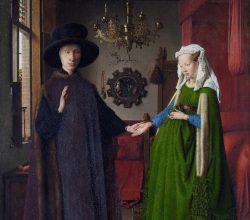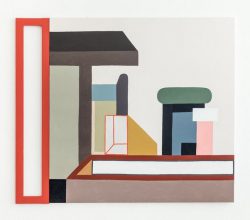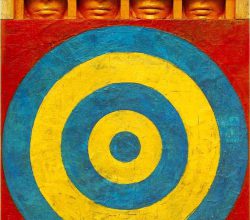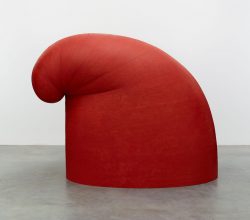
Reflections: Van Eyck and the Pre-Raphaelites
Johnathon Kantrowitz | Art History News | 10th October 2017
When London’s National Gallery acquired van Eyck’s famous Arnolfini Portrait in 1842, it inspired the Pre Raphaelite movement in British art. This much discussed art is hailed by some as radical. For others, however, it’s “Victorian tripe”, or even “a fraud … mediocre.” Ouch! What is not in dispute is van Eyck’s 1434 work. “Mesmerising” is undoubtedly a consensus view, “the first really lifelike domestic interior ever painted.”



